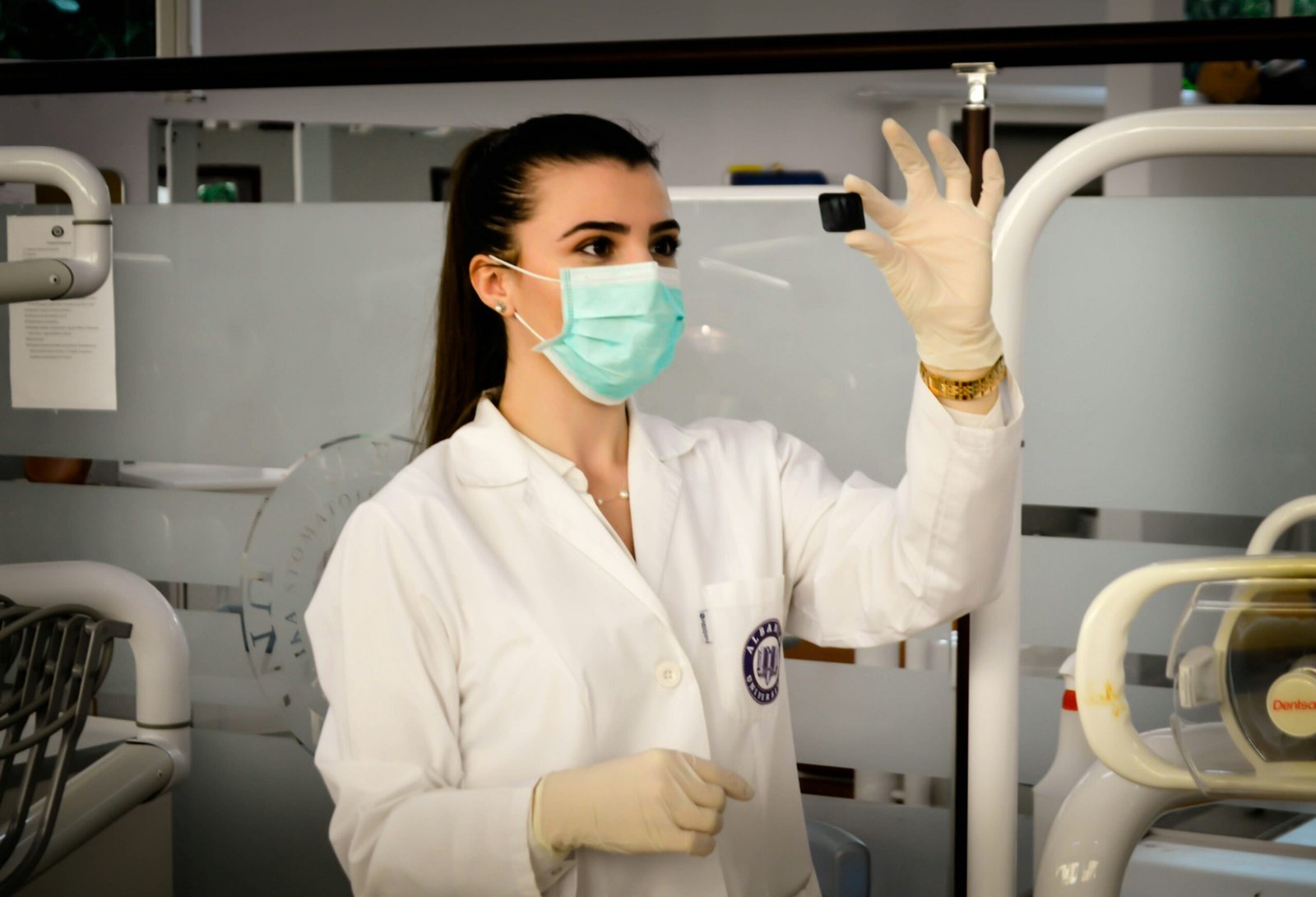Have you ever wondered how to differentiate between gout and rheumatoid arthritis? These two conditions share similar symptoms, making it challenging to distinguish between them. However, by understanding the key differences, you can identify the correct diagnosis and seek appropriate treatment. In this article, we'll explore the distinct characteristics of gout and rheumatoid arthritis, providing you with valuable insights to help you navigate through the confusion and find relief. So, let's dive into the world of these conditions and discover how to tell them apart!

Understanding Gout
What is Gout?
Gout is a type of arthritis that occurs when there is a buildup of uric acid in the body. Uric acid is a waste product that is formed when the body breaks down purines, which are found in certain foods and are also made by the body. When there is too much uric acid in the blood, it can form crystals that are deposited in the joints, leading to inflammation and pain.
Causes of Gout
Gout can be caused by various factors, including genetics, diet, obesity, and certain medical conditions. Some people have a genetic predisposition to produce excessive amounts of uric acid or have difficulty eliminating it from their body. Diet plays a significant role in gout development, as foods high in purines, such as red meat, seafood, and alcohol, can increase uric acid levels. Obesity can also contribute to gout, as excess weight puts additional stress on the joints. Medical conditions such as high blood pressure, kidney disease, and diabetes can also increase the risk of developing gout.
Symptoms of Gout
The most common symptom of gout is sudden and intense joint pain, typically affecting the big toe. The pain often comes on abruptly and is accompanied by swelling, redness, and warmth in the affected area. Gout attacks, also known as flare-ups, can last for a few days to a few weeks. In between flare-ups, individuals with gout may experience periods of remission where they are symptom-free.
Key Characteristics of Gout
Gout is characterized by its distinct symptom onset, typically occurring suddenly and without warning. The affected joint, commonly the big toe, becomes inflamed, swollen, and extremely painful. The pain is often described as a throbbing or crushing sensation. Gout flare-ups can be triggered by certain factors such as alcohol consumption, purine-rich foods, trauma or injury to the joint, and certain medications. Gout primarily affects the joints, particularly in the lower extremities, but it can also affect other joints such as the ankles, knees, and wrists. It is important to note that gout primarily affects men, although women can also develop this condition. If left untreated, gout can lead to long-term joint damage and chronic pain.
Understanding Rheumatoid Arthritis
What is Rheumatoid Arthritis?
Rheumatoid arthritis (RA) is an autoimmune disease that primarily affects the joints. In this condition, the immune system mistakenly attacks the body's own tissues, particularly the lining of the joints, causing inflammation, pain, and swelling. Over time, the inflammation can lead to joint damage and deformity.
Causes of Rheumatoid Arthritis
The exact cause of rheumatoid arthritis is unknown, but it is believed to be influenced by a combination of genetic and environmental factors. A person's genetic makeup can predispose them to develop RA, and certain environmental triggers, such as infections or hormonal changes, can activate the immune response that leads to the disease.
Symptoms of Rheumatoid Arthritis
The symptoms of rheumatoid arthritis can vary in severity and can affect multiple joints throughout the body. Common symptoms include joint pain, stiffness, swelling, and tenderness. The joints may feel warm to the touch and can become red in color. Morning stiffness is a hallmark symptom of RA, where individuals may experience stiffness and difficulty moving their joints for more than an hour after waking up. Other symptoms of RA can include fatigue, loss of appetite, and a general feeling of being unwell.
Key Characteristics of Rheumatoid Arthritis
Rheumatoid arthritis differs from gout in terms of symptom onset, affected areas, and disease progression. Unlike gout, which has sudden and intense flare-ups, rheumatoid arthritis usually develops gradually and progresses over time. RA can affect any joint in the body, but it commonly affects the small joints of the hands, wrists, and feet. The pain and stiffness associated with RA can be debilitating and can significantly impact a person's daily activities. If left untreated, rheumatoid arthritis can lead to joint deformities, loss of function, and increased risk of cardiovascular complications.
Comparing Gout and Rheumatoid Arthritis
Common Symptoms
Both gout and rheumatoid arthritis can cause joint pain, swelling, and inflammation. However, the pattern and severity of these symptoms differ between the two conditions. Gout typically presents with sudden and intense pain, often in the big toe, while rheumatoid arthritis usually causes pain and stiffness that is more symmetrical and affects multiple joints.
Distinct Symptoms
While both conditions can cause joint pain, gout is characterized by the development of gouty tophi, which are small, firm lumps under the skin near affected joints. These tophi are deposits of uric acid crystals and are not seen in rheumatoid arthritis. Rheumatoid arthritis, on the other hand, can cause deformities and nodules on the joints, particularly in the hands and fingers.
The Areas Affected in the Body
Gout primarily affects the joints in the lower extremities, such as the feet, ankles, and knees, although it can also affect other joints. Rheumatoid arthritis commonly affects the small joints of the hands, wrists, and feet but can progress to involve larger joints as the disease progresses.
Demographic Differences
Gout is more common in men, particularly those over the age of 40. Women can also develop gout, but it is less common. Rheumatoid arthritis affects women more frequently than men, and it can develop at any age, although it most commonly begins between the ages of 40 and 60.
Long-Term Effects
If left untreated, both gout and rheumatoid arthritis can lead to long-term joint damage and chronic pain. Gout can cause tophi to develop, which can erode bone and cartilage and lead to joint deformities. Rheumatoid arthritis can cause joint erosion, cartilage loss, and joint deformities, ultimately impairing joint function and mobility.
Characteristics of Gout
Symptom Onset
Gout is known for its sudden and severe onset of symptoms. The pain of a gout attack can be excruciating, often waking you up in the middle of the night with intense joint pain. The pain typically reaches its peak within a few hours and may last for several days or weeks.
Affected Areas
Gout commonly affects the big toe, causing a condition known as podagra. However, it can also affect other joints such as the ankles, knees, elbows, wrists, and fingers. The affected joints become inflamed, swollen, and tender to the touch.
Pain Intensity
The pain associated with gout is often described as a sharp, intense, and throbbing sensation. It can be so severe that even the lightest touch or pressure on the affected joint can be excruciatingly painful.
Flare-ups
Gout occurs in flare-ups, which are characterized by sudden attacks of joint pain and inflammation. After a flare-up, the symptoms may subside, but without proper management, gout can recur and lead to chronic inflammation and joint damage.

Characteristics of Rheumatoid Arthritis
Symptom Onset
Rheumatoid arthritis often has a gradual onset, with symptoms developing slowly over weeks to months. Morning stiffness is a common symptom, where individuals may experience stiffness and difficulty moving their joints for more than an hour after waking up.
Affected Areas
Rheumatoid arthritis can affect any joint in the body. However, it typically begins with the involvement of the small joints of the hands, wrists, and feet. As the disease progresses, it can spread to larger joints such as the elbows, knees, hips, and shoulders.
Pain Intensity
The pain in rheumatoid arthritis is generally described as aching, dull, and throbbing. The intensity of pain may vary, ranging from mild discomfort to severe pain that significantly affects daily activities.
Disease Progression
Unlike gout, which tends to have intermittent flare-ups, rheumatoid arthritis is a chronic condition that progresses over time. If left untreated, the inflammation can lead to joint deformities and progressive loss of joint function.
Diagnostic Tests for Gout
Blood Tests
Blood tests can measure the levels of uric acid in the blood. Elevated uric acid levels are often present during a gout attack but may not necessarily confirm the diagnosis. Other blood markers, such as C-reactive protein and erythrocyte sedimentation rate, can also be checked to assess the level of inflammation.
Joint Fluid Tests
Aspiration of joint fluid can be done to analyze the presence of uric acid crystals. The fluid is drawn from the affected joint using a syringe, and the crystals can be visualized under a microscope. The presence of uric acid crystals confirms the diagnosis of gout.
Imaging Techniques
Imaging techniques such as X-rays, ultrasound, or MRI scans may be used to examine the affected joints for signs of joint damage, such as erosion, tophi, or bone cysts. These imaging tests can help in evaluating the extent of joint involvement and monitoring disease progression.

Diagnostic Tests for Rheumatoid Arthritis
Blood Tests
Blood tests for rheumatoid arthritis can measure the levels of certain antibodies, such as rheumatoid factor (RF) and anti-cyclic citrullinated peptide (anti-CCP) antibodies. These antibodies are often elevated in individuals with rheumatoid arthritis and can aid in confirming the diagnosis.
Imaging Tests
Similar to gout, imaging tests such as X-rays, ultrasound, or MRI scans can also be utilized in diagnosing rheumatoid arthritis. These tests can help visualize joint inflammation, joint damage, and the presence of joint deformities.
Physical Examination
A thorough physical examination by a healthcare professional can help assess joint swelling, tenderness, and stiffness. They may also use standardized scoring systems, such as the Disease Activity Score (DAS), to evaluate disease severity and monitor treatment response.
Treatments for Gout
Medication
Medications used for the management of gout include nonsteroidal anti-inflammatory drugs (NSAIDs), colchicine, and corticosteroids. NSAIDs can help reduce pain and inflammation during a gout attack, while colchicine can prevent and relieve gout flare-ups. Corticosteroids may be prescribed for severe cases or when NSAIDs and colchicine are not effective.
Dietary Changes
Making dietary changes can help manage gout and reduce the frequency of flare-ups. Avoiding or limiting foods high in purines, such as organ meats, seafood, and alcohol, can help lower uric acid levels. Increasing water intake and maintaining a healthy body weight are also essential for gout management.
Lifestyle Changes
Managing gout involves adopting a healthy lifestyle by engaging in regular exercise, maintaining a balanced diet, and avoiding triggers such as alcohol and sugary beverages. Managing stress levels is also important, as stress can trigger gout flare-ups.
Treatments for Rheumatoid Arthritis
Medications
Medications commonly used to treat rheumatoid arthritis include disease-modifying antirheumatic drugs (DMARDs), such as methotrexate and biologic agents. DMARDs help slow down the progression of the disease and reduce joint inflammation. Biologic agents work by targeting specific molecules involved in the immune response.
Physical Therapy
Physical therapy plays a crucial role in managing rheumatoid arthritis. It includes exercises to improve joint mobility, strengthen muscles, and reduce pain. Physical therapists can also provide education on joint protection techniques and assistive devices to support daily activities.
Surgery
In severe cases of rheumatoid arthritis where joint damage and deformity have significantly impaired joint function, surgery may be necessary. Surgical options range from joint replacement surgeries, such as total knee or hip replacement, to joint fusion surgeries, where the damaged joint is fused together for stability and pain relief.
When to Consult a Doctor
When Symptoms Persist
If you experience persistent joint pain, swelling, and tenderness, it is essential to consult a doctor. These symptoms may indicate an underlying condition such as gout or rheumatoid arthritis, and early diagnosis and treatment can help prevent long-term joint damage.
When Symptoms Worsen
If your symptoms worsen or become more frequent, it is crucial to seek medical attention. This could indicate an exacerbation of a chronic condition like gout or rheumatoid arthritis, or it could suggest a need for adjustments in your treatment plan.
Difficulties in Daily Activities due to Pain
If joint pain and stiffness are interfering with your ability to perform daily activities, such as walking, dressing, or working, it is advisable to consult a doctor. They can assess your condition, provide appropriate treatment, and offer advice on managing pain and improving quality of life.
Fevers Accompanied by Joint Pain
If you experience fever along with joint pain, it may indicate an infection or other systemic complication. Seeking medical attention is crucial to identify the underlying cause and initiate appropriate treatment.
In conclusion, gout and rheumatoid arthritis are two distinct conditions that affect the joints. Gout is caused by the buildup of uric acid crystals, while rheumatoid arthritis is an autoimmune disease. While both conditions can cause joint pain and inflammation, they have different characteristic symptoms, areas of the body affected, and disease progression. Diagnostic tests, such as blood tests and imaging, can help differentiate between the two. Treatment options include medications, lifestyle changes, and, in some cases, surgery. If you experience persistent joint symptoms or difficulties in daily activities, it is important to consult a healthcare professional for an accurate diagnosis and appropriate management.